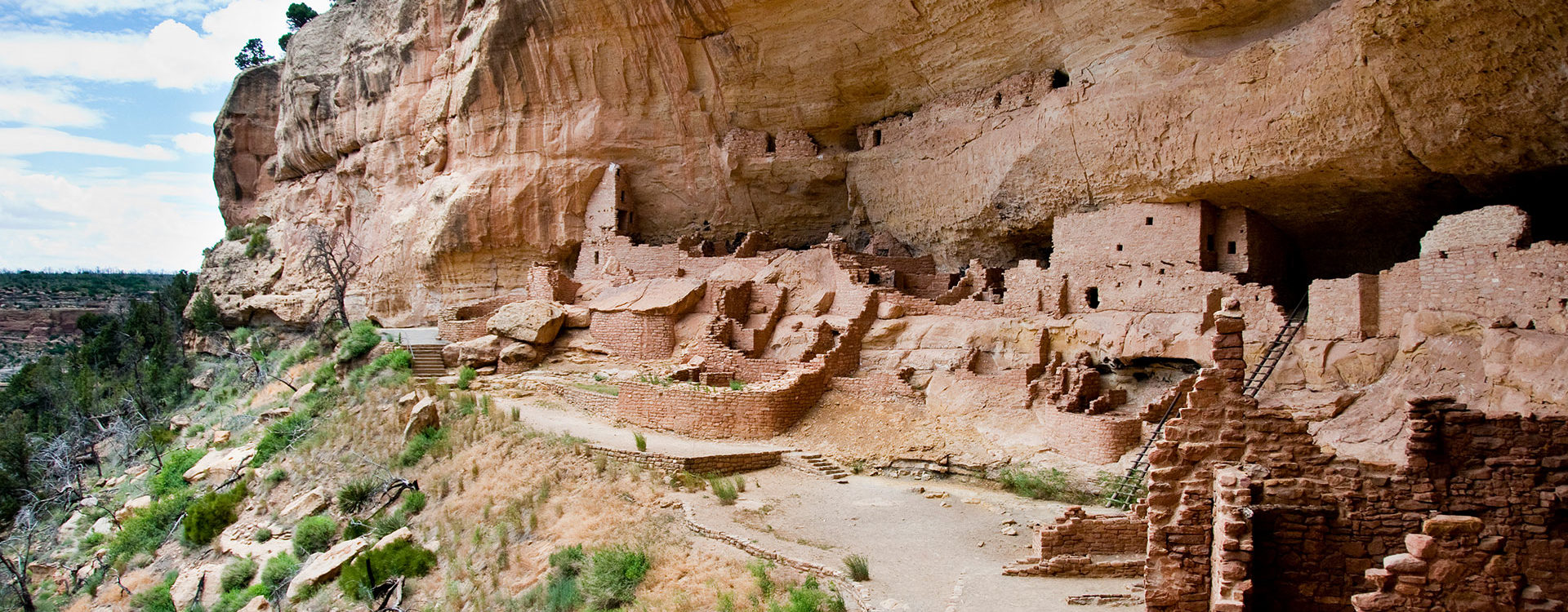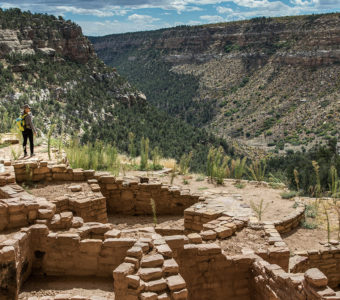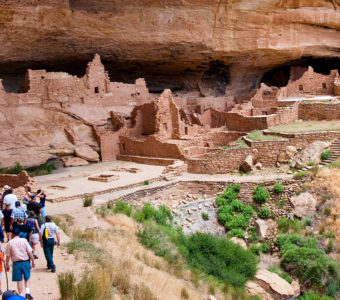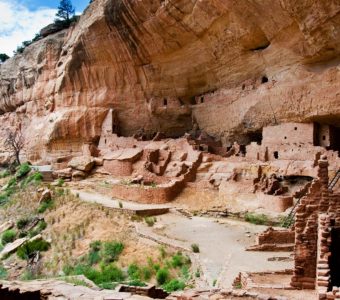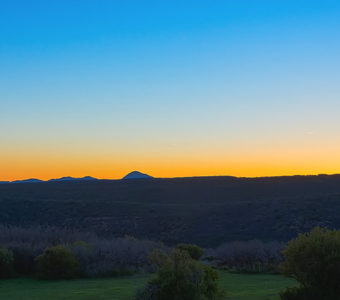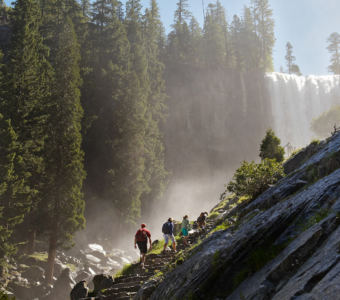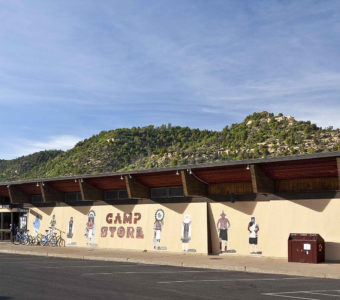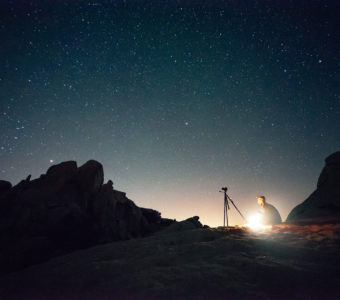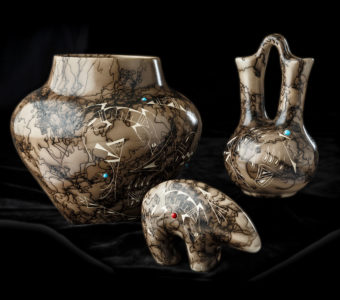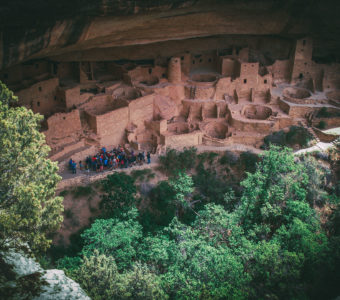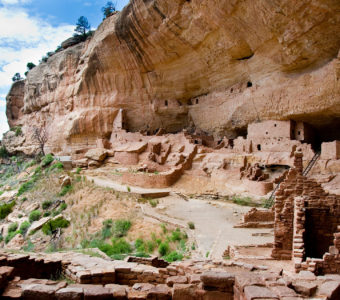Stepping back in time into the world of the Ancient Puebloans who inhabited these sandstone dwellings is to experience a world at the mercy of the elements, and lifetimes filled with challenge, opportunity, and innovation.
The Ancestral Puebloans built the elaborate sandstone dwellings, with up to 150 rooms, in alcoves in collapsed cliff walls, around the year CE 1190, and lived there for around 300 years before leaving them for what today is New Mexico and Arizona. Officially undiscovered until the late 1800s, and consequently having undergone an extensive restoration effort, the Mesa Verde dwellings are some of the most well-preserved archaeological sites in North America.
There are five big dwellings that are open to visitors:
Balcony House has an impressive 40 rooms, and is a great testament to how room and passageways evolved over time. To get to the dwelling, visitors must climb a 32-foot ladder, so those who have a fear of heights might try something else.
Cliff Palace has a staggering 170 rooms, and is the largest and most notable dwelling in Mesa Verde National Park. This is a must-do.
Long House can be explored through guided ranger tour only. It was excavated in two years, from 1959-1961, and is located on Wetherill Mesa on the western side of Mesa Verde.
Spruce Tree House was excavated in 1908, and is one of the best preserved dwellings in the area, with very little deterioration compared to equivalent sites. This site it the third largest at 130 rooms and 8 ceremonial chambers. (Please note Spruce Tree is temporarily closed until 2019 undergoing preservation.)
Step House is distinct from the other sites in that it has evidence of two different occupations, 600 apart. Exploring of Step House is self-paced—no guided tours here, although there is a ranger on duty who will answer questions.
